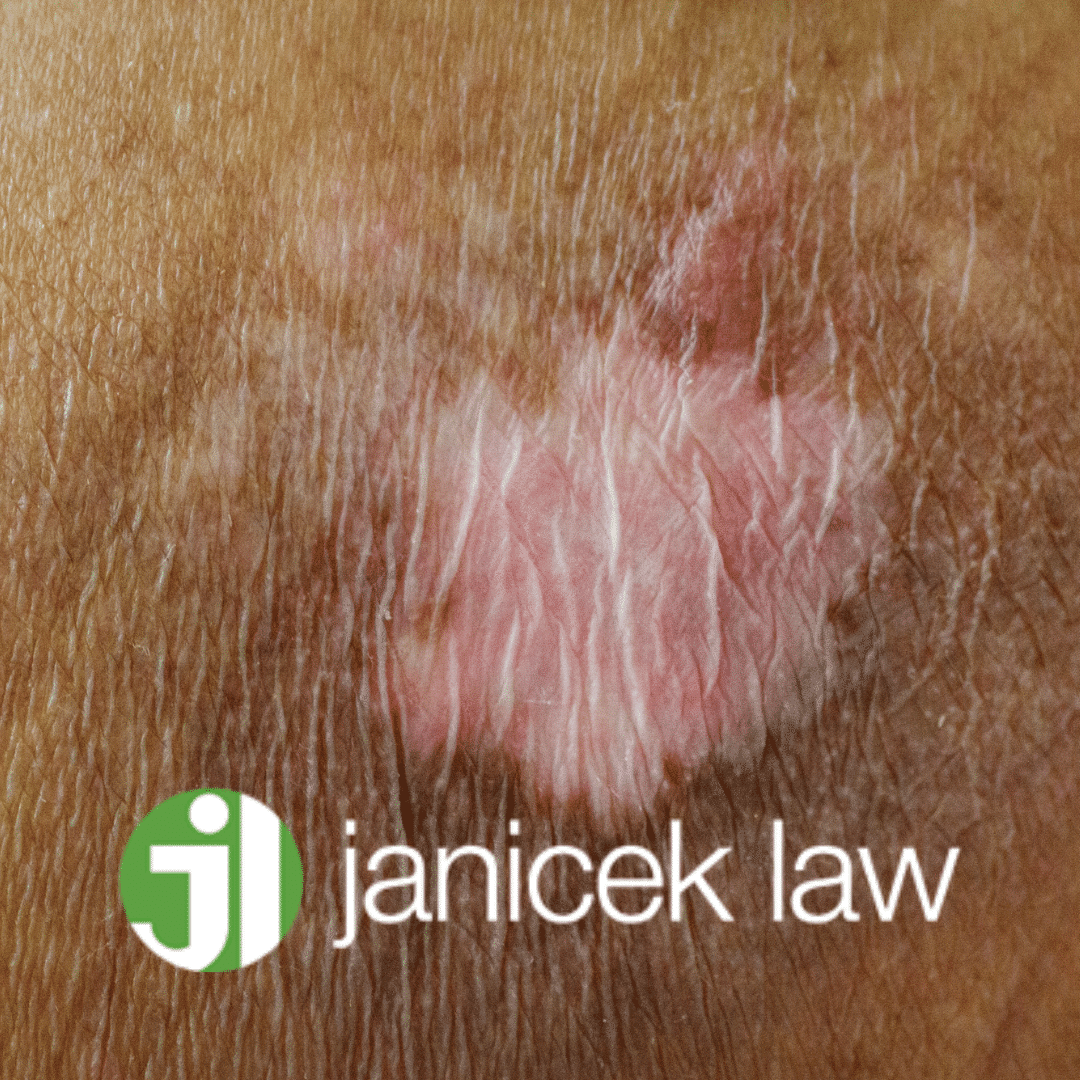Bedsores, also called pressure ulcers or decubitus ulcers, often develop in people confined to beds or wheelchairs and have a limited range of motion. Nursing homes or other long-term care facilities are the most common places they are found. We’re often asked, “Are bedsores a result of nursing home negligence?” The answer is usually “yes.”
Entrusting another person or entity to provide quality care for your elderly loved one is always difficult. Chances are, you want to believe that the care they will receive while in a nursing home or assisted living facility is equal or superior to the care you, yourself, would provide, if you could.
Unfortunately, this is often not the case. The effects of understaffing in Texas nursing homes are seen rampantly. A range of related issues that can impact the quality of care. When nursing homes cannot maintain an adequate number of workers on staff, the quality of care residents receive suffers. In some cases, residents develop what are known as bedsores or pressure ulcers.
Our San Antonio nursing home abuse lawyer team has extensive experience helping victims of bedsore injuries caused by negligent nursing home staff. Contact our law firm for a free consultation.
What Causes Bedsores in Texas Nursing Homes?
Bedsores are often the result of prolonged pressure on a nursing home resident’s skin. They most frequently develop in patients with limited mobility, such as those confined to a bed or wheelchair.
This is where the nursing home understaffing issue comes into play.
When there are not enough staff members to regularly shift patients in their beds or help otherwise immobile patients move around and reposition themselves, bedsores often develop. This can happen quickly. And, in some cases, bedsores go away on their own over time. But, some fail to heal completely, and others fail to heal at all.
Who is at Risk for Bedsores?
Bedsores are a serious and potentially life-threatening injury for older, frail adults, especially when they are not routinely repositioned while in bed or sitting in a chair. People with circulation problems, diabetes, and poor nutrition are at a higher risk.
What Parts of the Body are Usually Affected By Bedsores?
Bedsores develop after the blood supply to the skin is cut off for more than two or three hours.
Often, bedsores develop in tough-to-spot places, such as the:
- Tailbone, hips, and buttocks area
- Heels of the feet
- Backs and sides of knees
- Back of the head
- Shoulder blades
Bedsore Symptoms
If you have concerns about your loved one developing bedsores in a nursing home or assisted living facility, you may want to be on alert for certain signs.
Agitated skin is one possible indication. Keep an eye out for any noticeable changes in your loved one’s skin color or texture. You should also be alert for areas of your loved one’s skin that might be unusually cool or warm. Abnormal swelling or pus may also indicate the presence of bedsores.
Stages of Bedsore Injuries
Once the blood supply is cut off, bedsores begin as a red, painful area. These eventually turn purple. If no one treats the wound, the skin can rupture, and the area can become infected.
Bedsores are divided into four stages, from least to most severe:
- The wound looks red and feels warm, and the person may experience pain, itching, and burning.
- Open sores, scrapes, and blisters develop, the area around the wound may be discolored, and the patient complains of significant pain.
- Damage below the skin is occurring, and the area around and under the wound appears to have a crater-like appearance.
- The wound looks severe and becomes more prominent, the damage can extend to muscles, tendons, and bones, and infection is a significant risk.
How to Avoid Bedsores Caused by Negligence
The nursing staff must turn patients at least every two hours to prevent bedsores from happening and clean affected areas. Patients sitting in wheelchairs must be repositioned every 15 minutes Staff members should provide soft padding to reduce pressure. Staff must also keep the affected area clean and dry. They must also ensure they meet the patient’s nutritional needs.
Unfortunately, many nursing homes have low staffing levels and lack adequate supervision. Many employees consider cleaning and repositioning patients as unpleasant chores and neglect doing those tasks. Many will make false record entries, claiming these procedures were done. Investing in a granny cam may be a good way to ensure your loved one is being taken care of.
Hold Nursing Homes Responsible for Bedsore Injuries
Many companies that own nursing homes are more interested in profits than making sure patients receive adequate care. If you or a loved one develops bedsores that are left untreated, an experienced San Antonio bedsore injury attorney can help you take action to hold these companies and their personnel responsible.

